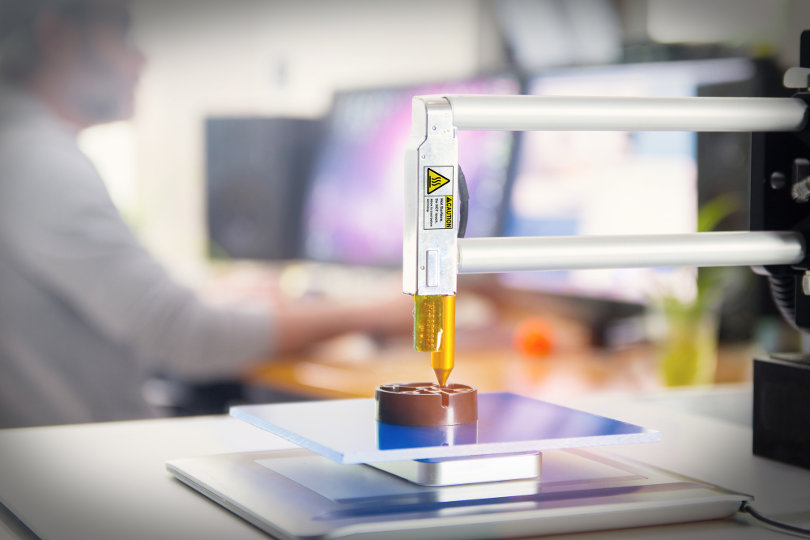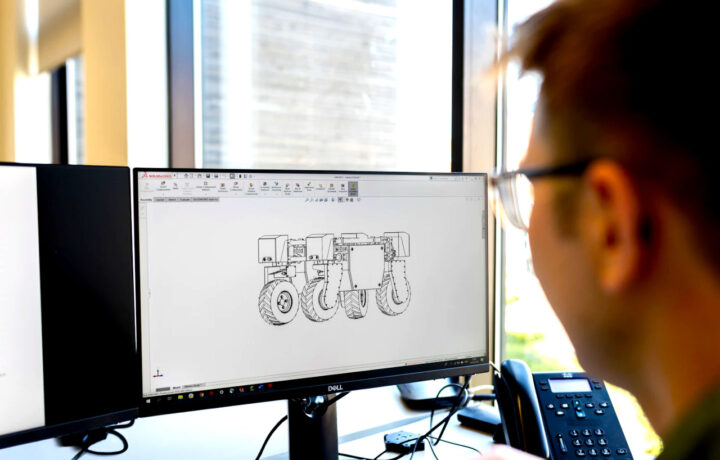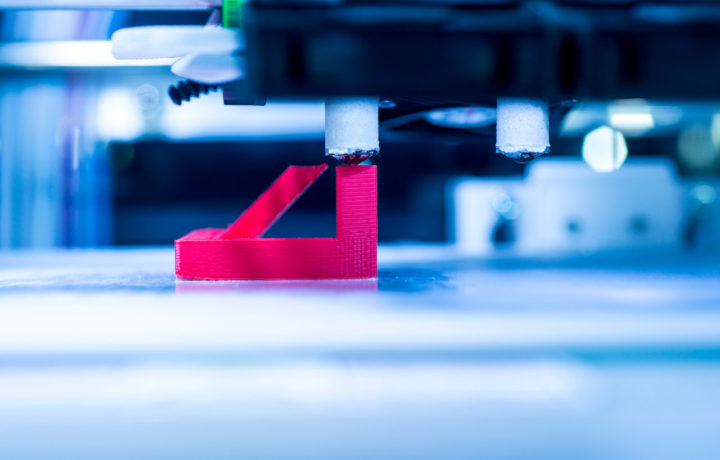Pioneered by Henry Ford, lean manufacturing was adopted as a system by Toyota and converted into a complex system of continual improvement in manufacturing, through human effort rather than innovation, to save the company from debilitating financial burdens and move it into a world-class car maker.
Since then, it has become a common phrase, and many companies are adopting the same.
But in the current digital age, is there a place for lean manufacturing?
Let us look at whether this time-tested concept has a part to play in the current production world.
What is Lean Manufacturing?
Lean manufacturing is a production process that is meant for reducing ‘waste’ in product realization by effective utilization of resources to give a customer what they want, when they want it.
To achieve this, Toyota identified two strategies to use to have a vibrant lean culture;
1. Worker motivation
By ensuring that workers are willing to participate in the elimination of waste through recognition and engagement, the company immediately increased the number of eyes visualizing wastes and making steps to eliminate them. They achieved that through the implementation of a suggestion system.
2. Continuous Improvement
Using the Ishikawa Fishbone and the Plan-Do-Check-Act methods, improvement and standardization would ensure that a disciplined workforce would sustain the best-identified standards until a better option was found.
Lean improves customer lead times, product quality and worker morale while reducing wastes like transportation, inventory, motion, over-processing, overproduction, waiting, and poor information.

Lean Manufacturing in the Digital Era
As we advance in technology, we make processes better and faster. The innovations help us build systems that are more productive and efficient.
In manufacturing, humanity can benefit from the lean concepts to create highly effective and cost-efficient technologies.
Lean allows you to develop the people in your workforce so that they can help improve processes for better performance in production.
With it, you create a company-wide consensus for the communication process, problem-solving, task assignment, etc.
Technology should complement rather than replace lean manufacturing. For Example, blockchain.
The Blockchain technology was initially developed to help in managing and facilitating the transfer of money in a peer-to-peer, leaderless and trustless manner. In lean manufacturing, it eliminated or reduced wait times and transaction costs, which are key lean concerns.
The Lean/Digital Concept
To achieve a beneficial congruence of technology and lean thinking in the present digital age, we need to understand the power of digital technology.
Emerging technologies like the decentralized systems and artificial intelligence can spin the timeless lean processes into a new era of awesome implementation through digitized planning, process engineering, and simulation before production.

Working together, the two can help in creating highly cost effective and customer oriented processes. And this is achieved in several ways.
1. Involve workers
Innovation is sometimes frowned upon by workers due to its potential for gobbling up jobs. However, lean processes can be used to usher in innovative production processes through inclusion and buy-in.
It also pays when workers feel part of the lean journey, and more so if innovative technologies are adopted through consensus.
2. Identify and Trim the waste in the Process
While automating or designing production flow, Lean assists in the identification of any non-value adding steps. These are steps that are never paid for or recognized by the customer.
Using lean in Design will save you from investing in unnecessary steps and processes.
3. Simplify and Streamline processes
Use Lean to trim the complex steps in your digital design.
Make the process simpler and flowing to save the time and cost of implementation.
4. Save on the Cost of Machinery and Inputs
Through optimal quality design and pre-production simulations, lean manufacturing concepts will help in the proper use of the existing tools and systems, while helping to laser-target any additional machinery requirements and other inputs.
This eliminates the risks of buying unnecessary machines that may not be aligned with customer needs.
Conclusion
In the current world, digitizing your business is an essential step for business growth and customer satisfaction.
As we have already seen, the Lean Manufacturing technology helps you to plan and execute simple, cost-effective and highly satisfying production processes.
Lean is, therefore, Here to stay. It should be used to complement current manufacturing technologies.




